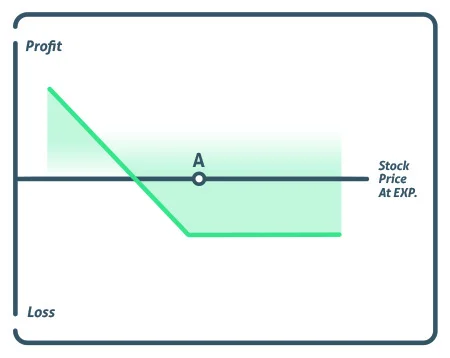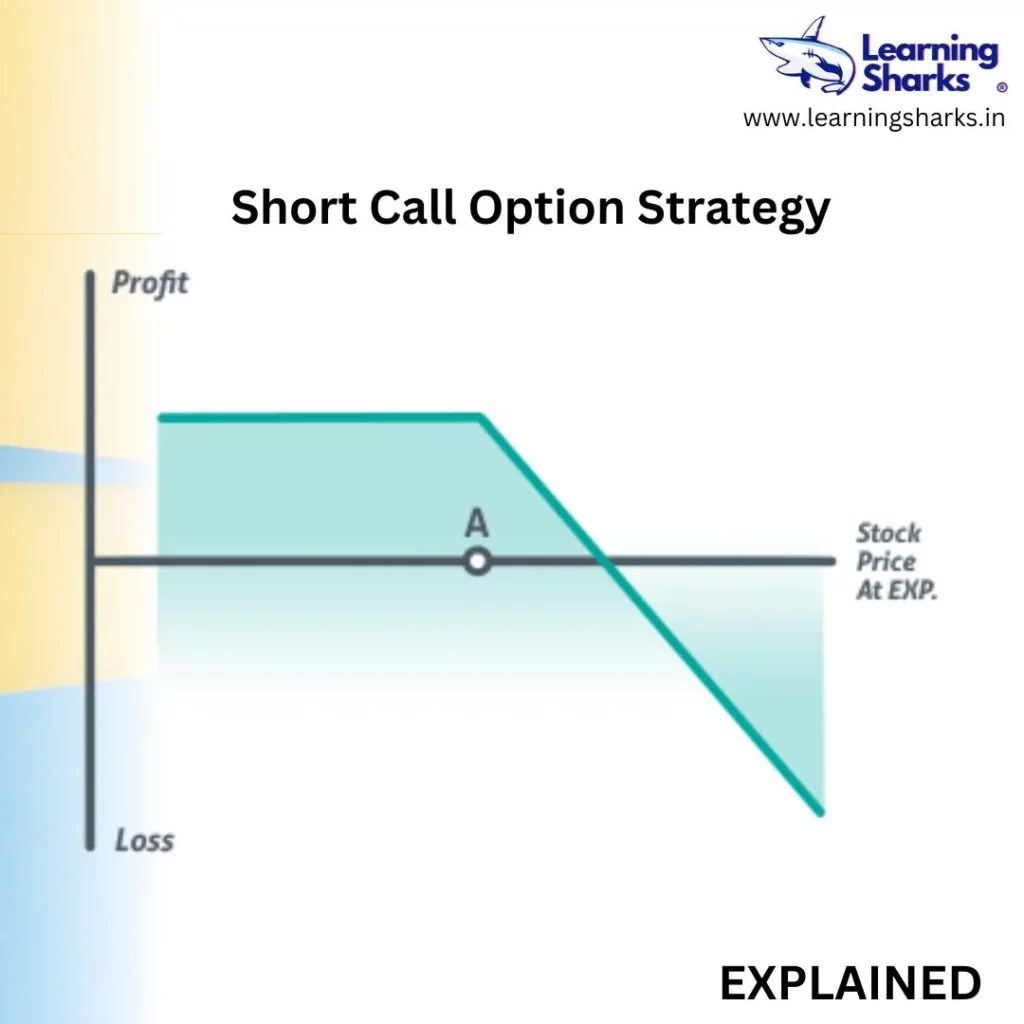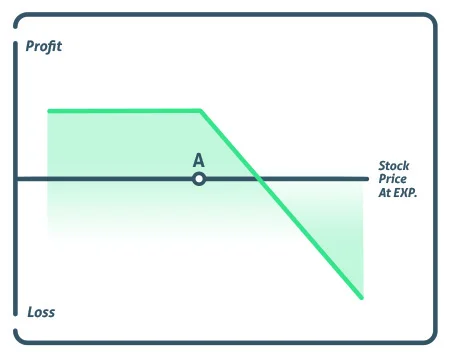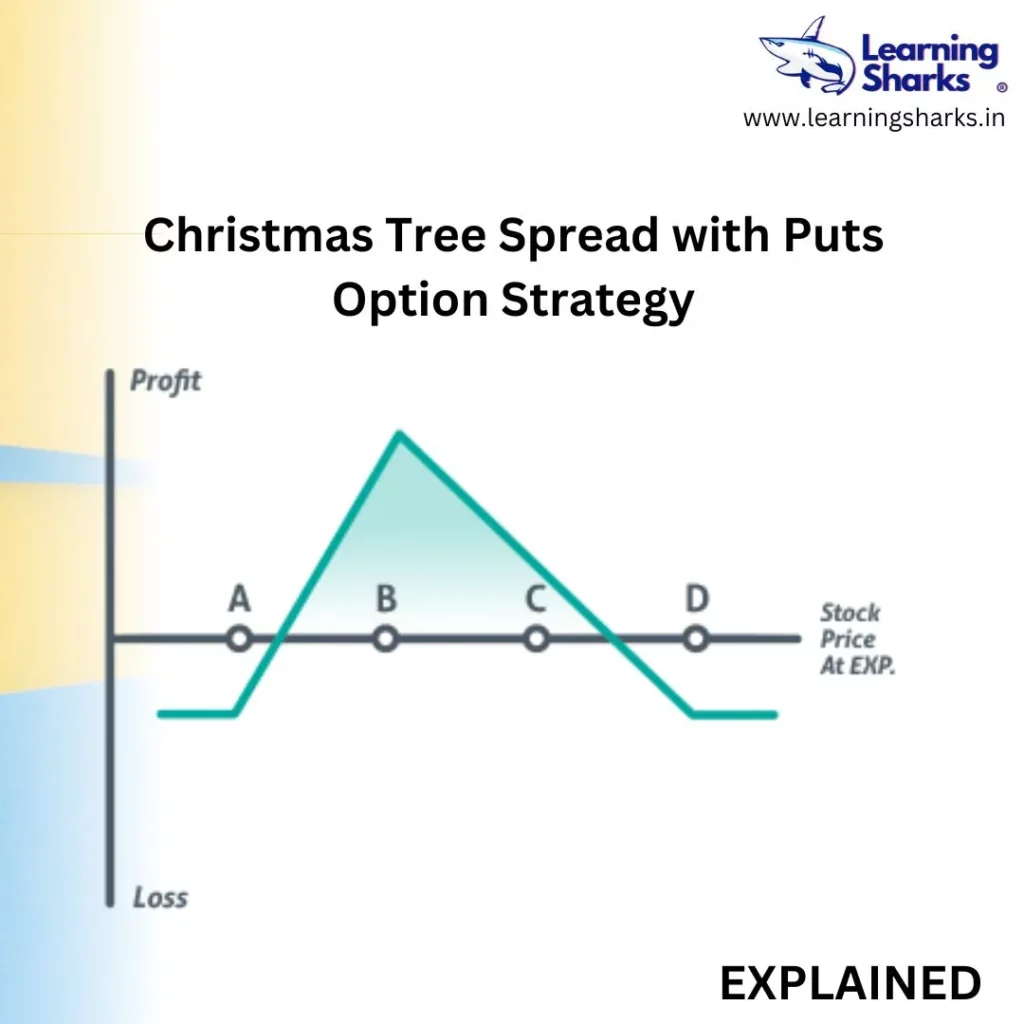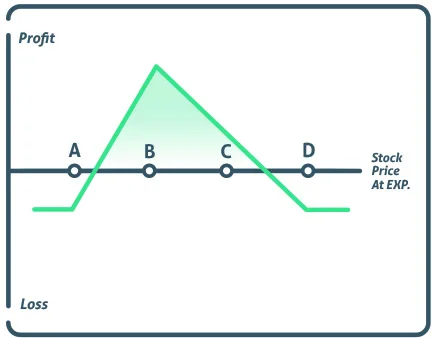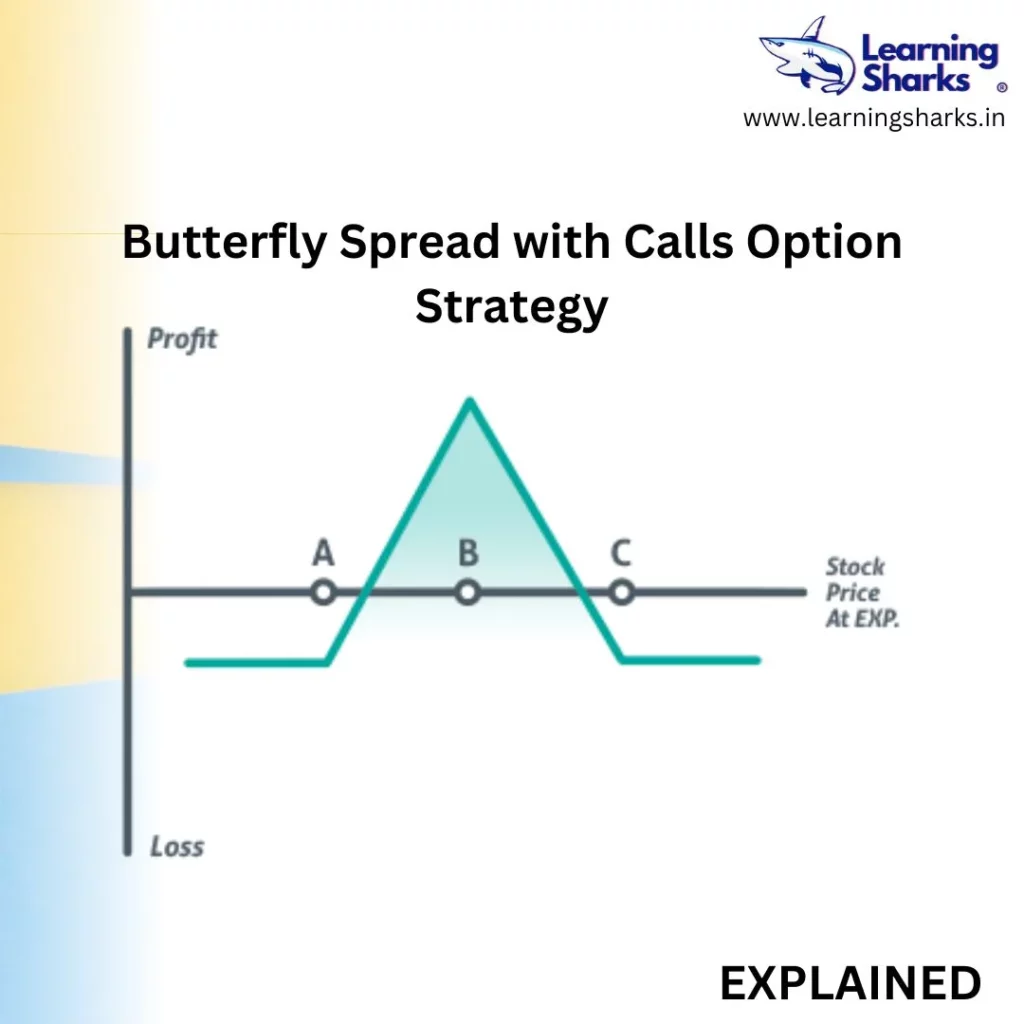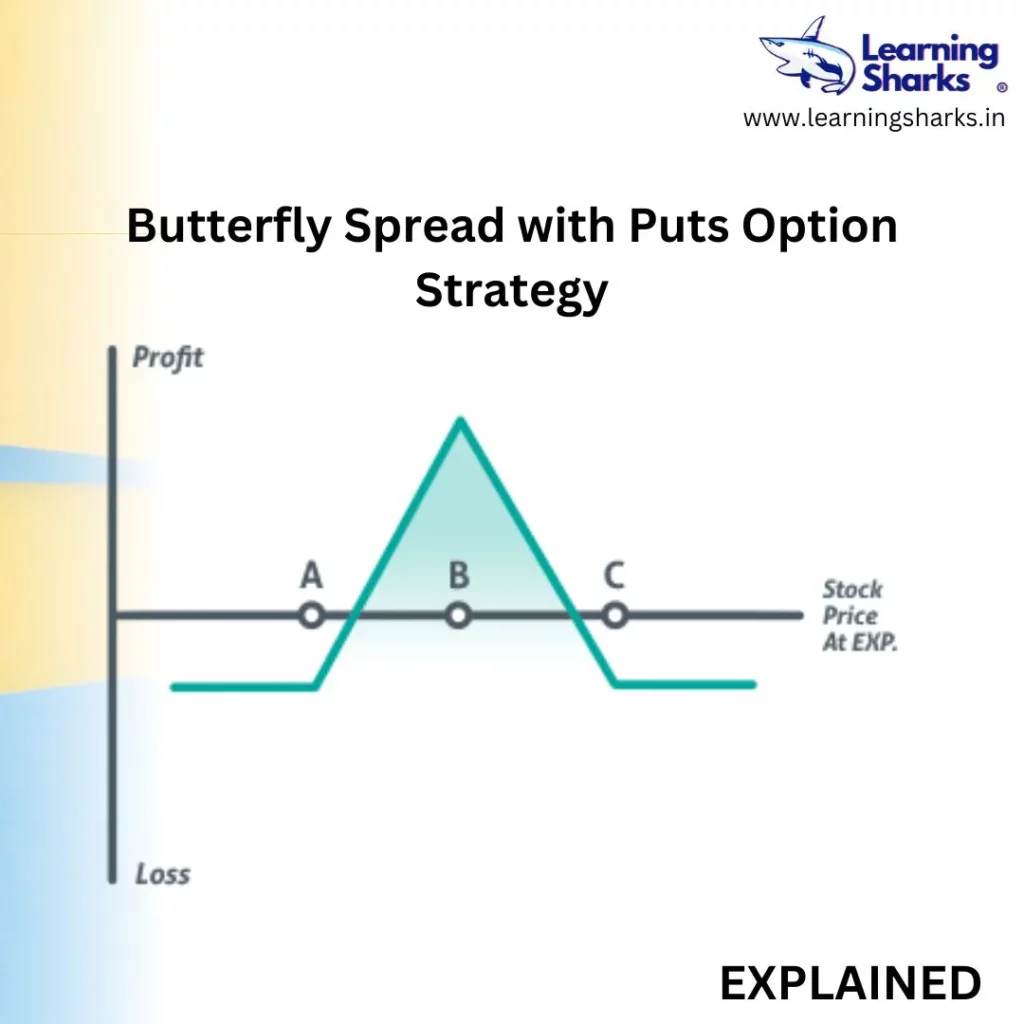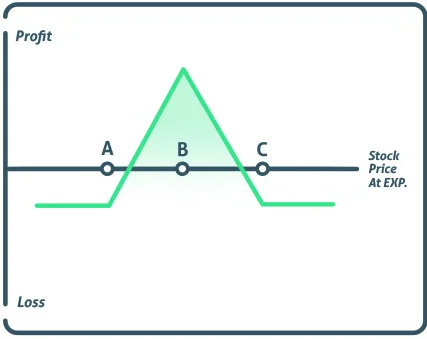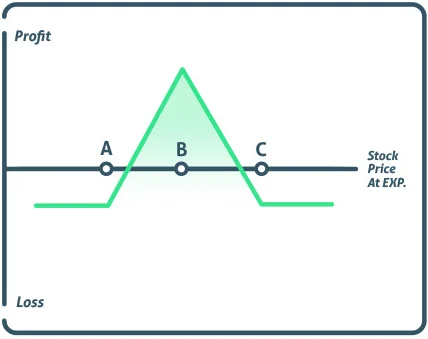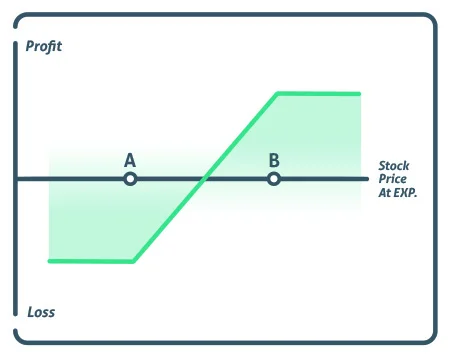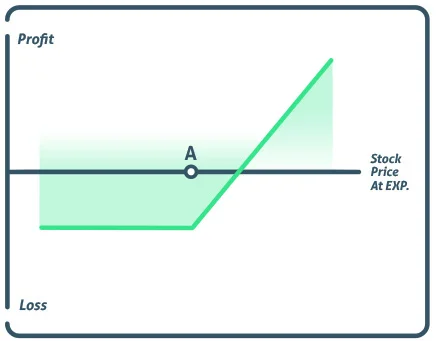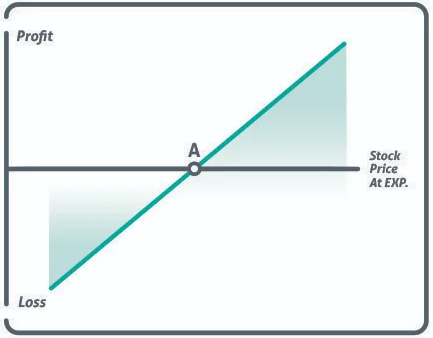
The investor uses the short put option technique to wager on whether the stock will climb or remain flat until the option expires. If the put option expires worthless or in the money (above the strike price), the trader keeps the entire premium, representing their maximum profit on the investment.
- When it comes to single option trades, selling a put option is one of two bull market strategies, the other being the long call option.
- As seen in the graph, if the buyer wishes to exercise the contract, the seller of the short put is compelled to purchase the stock, in most cases 100 shares per contract, at the strike price A.
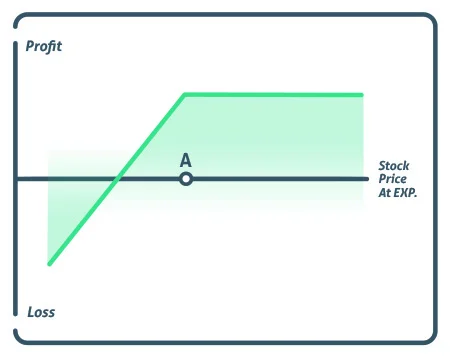
- Selling a put option can be beneficial to investors since it allows them to improve their revenue by obtaining a premium from other traders who believe the stock will decrease. As a result, while adopting the short put technique, the investor receives the premium, which protects them from a flat market with no change.
- When selling put options, an investor should keep a close eye on volatility levels. The higher the volatility, the greater the danger to the investor, but the larger the premium for taking on this type of options bet.
Short puts are utilised to get a better price on pricey stocks. In this case, an investor would sell puts at significantly lower strike prices, at the level at which the investor would want to buy the stock.
When Should You Use the Short Put Strategy?
Selling a put option should be considered if an investor feels a stock will remain above a certain price point or if they intend to purchase the stock at a lower price point. In this case, the investor will sell put options with a specified expiration date in mind in order to receive a premium.
- This isn’t always a negative thing. For example, if an investor wants to buy a stock at Rs.50 but it is now trading at Rs.55, they could sell a put option with a strike price of 50 and gain a Rs.3 premium. If the stock continues to trade higher or fails to hit the Rs.50 strike price, the investor will win handsomely.
- Of course, this is still Rs.5 less than where they planned to buy the stock originally. They now have a cost basis in the shares of Rs.47 because they received a Rs.3 premium when they sold the put option contract.
Buying and selling put options This is a win-win situation; either they pay Rs.3 to watch the stock rise in value, or they get to acquire the shares at a far lower price than they originally planned to pay.
Profit/Loss
Maximum Gain = Net Premium Received
The maximum loss for a short put strategy is unlimited as the stock can continue to move against the trader, at least until it reaches zero.
Breakeven
A short put option’s breakeven is calculated by subtracting the premium from the strike price.
If a stock is selling at Rs.100 and an investor wishes to sell a Rs.2.0 90-strike price put, the breakeven point is Rs.88.00.
Example
- If a stock XYZ is trading at Rs.100 and an investor wishes to acquire it for Rs.90, they can sell a 90 strike-price put option and receive a Rs.2 premium.
- If the stock falls below Rs.90, they will be forced to acquire the shares, which they desired, at a cheaper price. They were also paid Rs.2 for their efforts.
However, if the stock continues to rise or never falls below Rs.90, they will not be able to purchase the stock, but the Rs.2 premium they received is theirs to retain.
Conclusion
The short put is a strong technique since traders are paid to either buy the stock at a lower price point than it is now trading or to watch the stock climb higher. In either case, the trader wins.
FOLLOW OUR WEBSITE FOR CHART PATTERN: https://learningsharks.in/chart-patterns/
Follow us on insta” http://learningsharks


